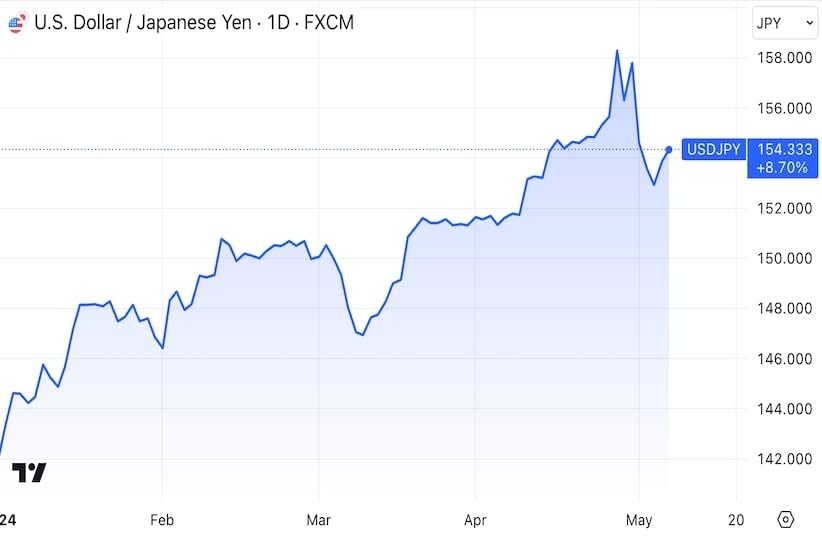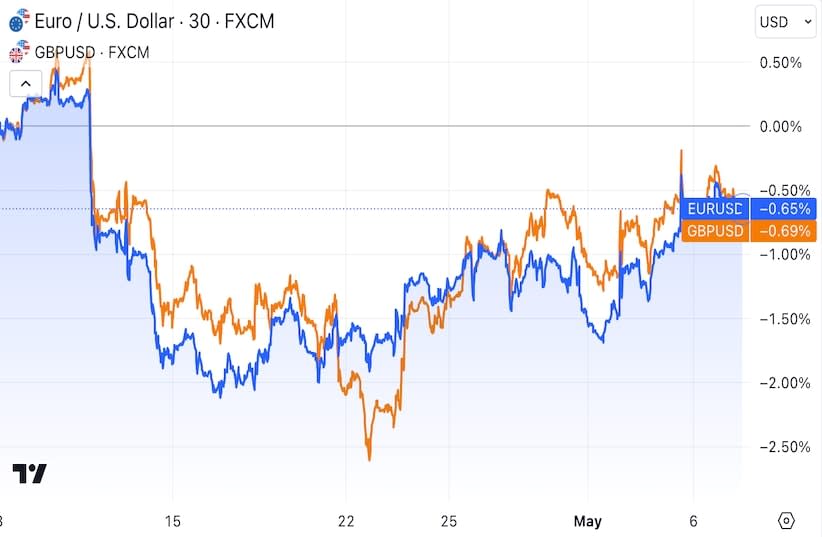Japanese authorities supposedly spent significant amounts of money this week in an attempt to strengthen their currency. Let's delve into the details.
The US dollar had been steadily rising against other major currencies, heavily putting pressure on the Japanese yen. This was largely due to the interest rate disparity between Japan and the US. Japan's central bank has been hesitant to raise interest rates, while the Federal Reserve in has indicated a likelihood of maintaining higher rates for an extended period.
As a result, the yen reached a 34-year low against the dollar, hitting ¥160.20. However, rumors surfaced suggesting that Japan conducted two market interventions over four days, estimated to be worth around $60 billion or ¥9 trillion.

Early on Friday, the USDJPY exchange rate was hovering around ¥153.00, indicating that the interventions may be yielding results.
Economists, traders, and businesses noted the unprecedented scale and urgency of these interventions, highlighting the significant challenges facing Japan's aging and shrinking economy, which is just recovering from decades of deflation.
While a weaker yen can stimulate inflation, wage growth, and corporate profits, the rapid depreciation of the currency and uncertainty about reversing this trend have led to concerns among consumers and businesses. Cheaper exports and increased overseas profits have historically been beneficial for Japanese companies. However, executives are now worried about higher raw material costs and decreased domestic consumption.

The future effectiveness of these interventions remains uncertain and depends on decisions by the US Federal Reserve. Recent statements from the Fed Chair suggest a commitment to maintaining high interest rates due to limited progress in curbing inflation. Consequently, the Fed plans to closely monitor economic data before making any policy adjustments.
These developments have implications beyond Japan, as the yen's strengthening against the dollar indicates a potential shift in global financial dynamics. Other currencies, such as the euro and the British pound, have also experienced gains against the dollar, signaling a broader trend away from the US currency.
While Japan may have temporarily stabilized its currency, challenges remain. Currency speculators could undermine these efforts, and a weaker yen may benefit exports but increase the cost of foreign products. Moreover, the BoJ faces difficulty justifying an interest rate hike amid slowing consumer spending, which could further complicate efforts to strengthen the yen.
